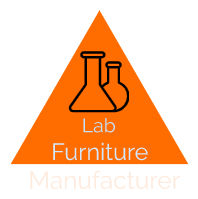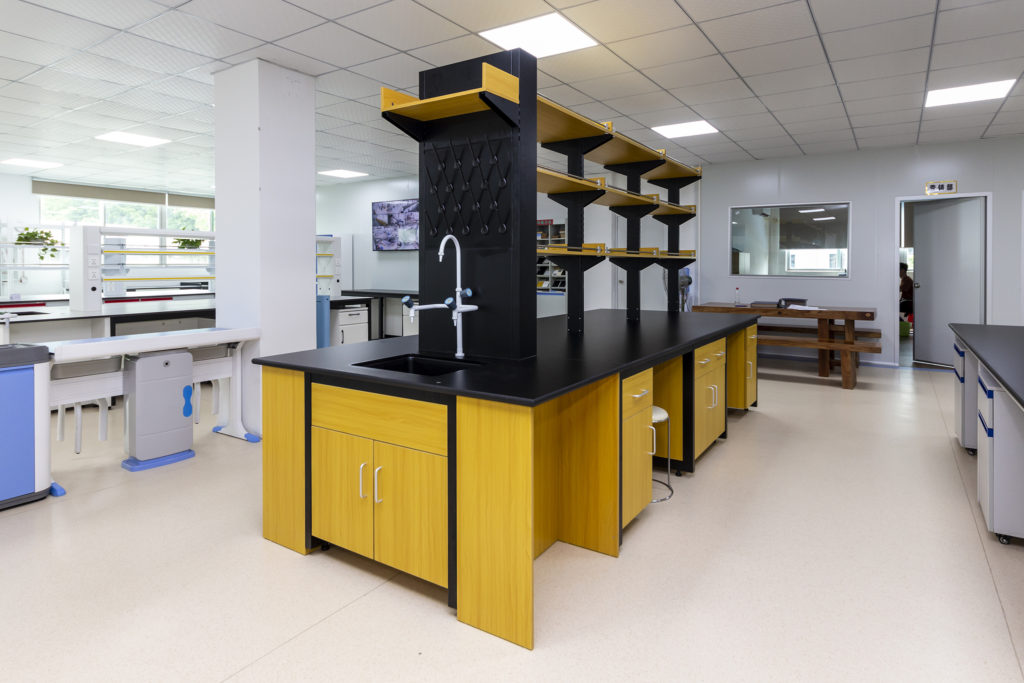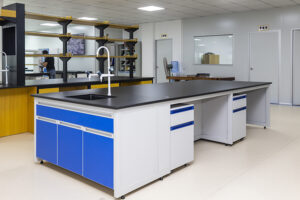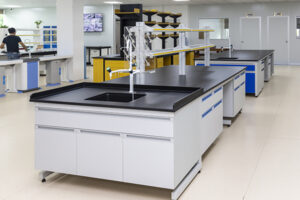How to Control the Lab Building Cost?
Science is vitally important to society, but many labs work with seriously limited budgets, and controlling costs is an essential concern. Cutting lab costs can help maximize productivity and profit and ensure lab resources aren’t wasted. This guide contains some ideas on how lab managers can cut costs by making a few changes to how the lab is run.
Quick Navigation
- Keep Track of Your Costs
- Cut Back Less Productive Work
- Maintain Your Equipment
- Consider Equipment Upgrades
- Order in Bulk
- Train Staff in Efficiency
- Consider Sharing
Keep Track of Your Costs
If you want to cut back on your costs, it’s time to get into accountant mode and keep track of your expenditure. Write down all your lab’s overhead costs, salaries, necessary supplies and equipment, and any fees or fines that must be paid. This will help you identify where your money is going and any areas where expenditure is significantly higher. Often, this can highlight areas where spending can be cut down, whether maximizing equipment efficiency or simply reducing the cost of the communal biscuit fund.
With your newfound insight into the lab’s spending, developing strategies for cutting costs is easier. Keeping track also means you can identify which cost-cutting strategies are effective and which aren’t, maximizing the lab’s efficiency.
Cut Back Less Productive Work
Calculating how much each procedure costs is a great way to identify unproductive activities financially. Jobs that aren’t economically viable can then be limited to when necessary rather than performed routinely. Once you’ve calculated the costs, it should be obvious which procedures are more expensive than adequate.
Maintain Your Equipment
Labs are full of equipment, from the everyday essentials like centrifuges to niche specialist equipment for performing complex tasks. All this equipment uses a lot of energy, especially freezers that operate at ultra-low temperatures. Maintaining a lab’s equipment is key to ensuring that it runs efficiently, using as little power as possible. While upgrading to a newer model might be tempting, maintaining equipment makes it work effectively for longer, meaning less financial investment is needed.
Consider Equipment Upgrades
As lab equipment accounts for such a high proportion of energy usage, efficient equipment can significantly impact overall running costs. Upgrading freezers, centrifuges, and other equipment that is in regular use to more energy-efficient models can create significant savings. When deciding whether to upgrade your equipment, it is worth working out whether the initial outlay will be offset by the energy savings achieved. Using energy efficiency as a selection factor for broken or outdated equipment is an excellent way to ensure that the lab runs as cost efficiently as possible. Many manufacturers are now moving towards a more ‘green’ approach, so it is relatively easy to find clear information about energy use on modern lab equipment.
Order in Bulk
Bulk ordering non-perishables is a reliable way to save money in all walks of life, and science labs are no different. You can often secure a lower price when ordering many items, and having everything delivered simultaneously saves on delivery costs. Don’t be afraid to shop around from your usual supplier to make sure you’re getting the best deal. For items with a use-by date, ensure the lab’s requirements mean they will be used before expiration to avoid unnecessary waste.
Train Staff in Efficiency
Staff training in efficiency is an effective way to cut costs in the lab, as it reduces wastage and energy use. For example, setting laboratory rules about keeping fume hoods closed when not in use can save hundreds of pounds a year in energy costs. Turning equipment off when it is not in use can also be effective, although only where this is possible without reducing efficiency. Organizing freezer space, using no more products than is required, and turning lights off are all ways that staff can help to reduce laboratory costs.
Consider Sharing
Many university labs are now beginning to share lab space and equipment between different departments, which can also be effective for the broader community. With many scientists now spending as much time at the computer as at the lab bench, sharing your lab space with another team might be possible when you are not using it. This effortless way to split costs between two groups and significantly reduce outgoings. It is not feasible for all research teams, but it is well worth considering whether it would suit your lab.
If your laboratory could do with an upgrade to make sure it is running at maximum efficiency, then our team can help. For more information about our bespoke fitted labs, visit our homepage or call our team on 0086 13688879895




